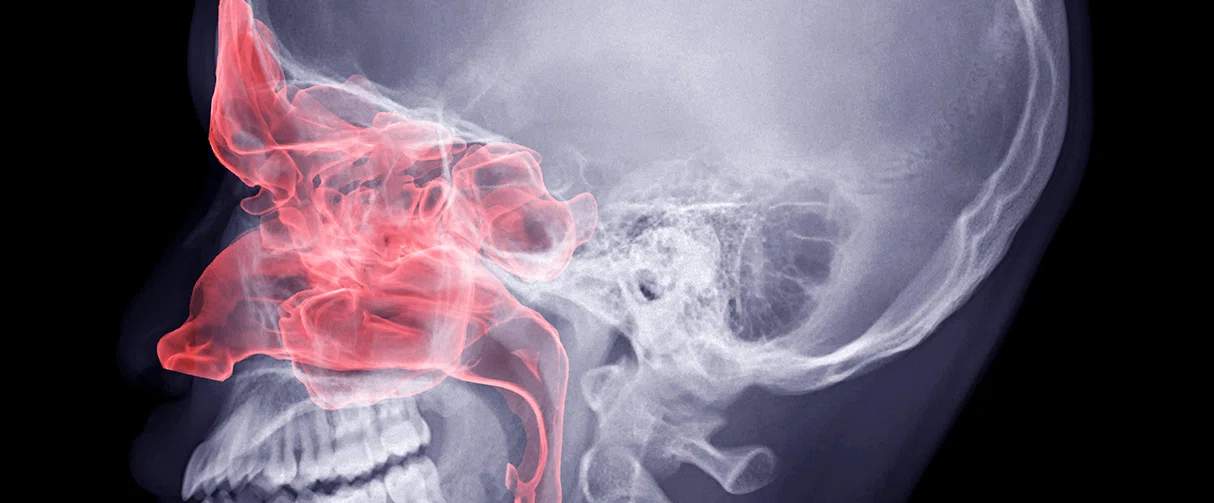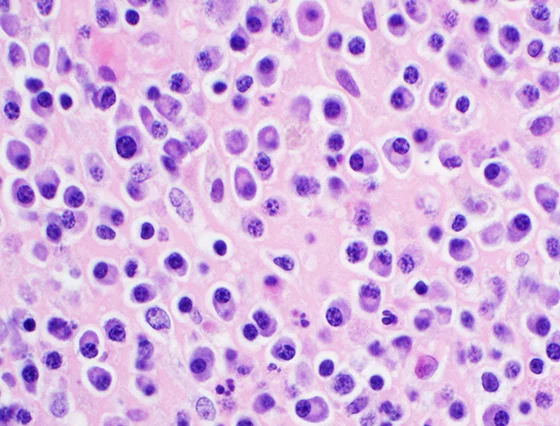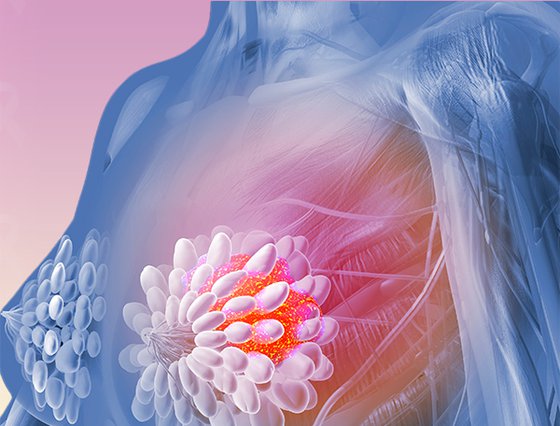


Chronic rhinitis involves constant post-nasal drip, congestion, nasal/throat itching and sneezing. Often, but not always, associated with allergies, chronic rhinitis is a significant global health problem costing billions of dollars each year in direct and indirect costs. In addition, this chronic condition often deleteriously impacts one’s quality of life. Symptom management with medications can help but surgery to lyse the posterior nasal nerve (PNN) is frequently needed in those for whom medications prove ineffective. Recently, however, less invasive options have been developed such as cryosurgical ablation and endoscopic laser ablation. Experts at Houston Methodist evaluated the efficacy of a minimally invasive in-office procedure that could be a game-changer for those afflicted with chronic rhinitis.
Mas Takashima, MD, Chair of the Department of Otolaryngology – Head & Neck Surgery at Houston Methodist, specializes in minimally invasive sinus procedures with research focused on chronic rhinosinusitis and chronic rhinitis. In the fall of 2021, Takashima and his team published an article involving a multi-institutional trial to determine the safety and efficacy of temperature-controlled radiofrequency (RF) neurolysis of the PNN area for the treatment of chronic rhinitis.

Mas Takashima, MD, FACS
Professor and Chair
Department of Otolaryngology — Head & Neck Surgery
Houston Methodist
RF devices are widely used in nasal therapies, but Takashima’s study tested a new variation of an RF device for chronic rhinitis: one that is temperature controlled. A temperature-controlled RF device is a device that monitors tissue temperature and automatically adjusts the RF current to maintain the appropriate temperature thus reducing injury of nearby tissue. Such a device has been demonstrated as safe and effective when used to treat nasal obstruction. To see if this technology could benefit those with chronic rhinitis, Takashima initiated a prospective, multicenter, single-blinded, randomized controlled trial (RCT) using the RhinAer System. This system is an RF device designed to treat both runny nose and congestion with a single, minimally invasive treatment performed in the doctor’s office. The device monitors tissue temperature and automatically adjusts the RF current to maintain 60C: the appropriate treatment temperature.
Our results demonstrate that temperature-controlled neurolysis of the PNN area is safe and effective in decreasing rhinorrhea and congestion and reduces the overall symptom burden of chronic rhinitis.”
Mas Takashima, MD, FACS
Professor and Chair
Department of Otolaryngology — Head & Neck Surgery
Houston Methodist
The primary endpoint is the responder rate at three months post-treatment where a responder was defined as a patient with a 30% decrease in reflective total nasal symptom score (rTNSS) from baseline. Patients are being followed through two years post-treatment. Preliminary results of the longer-term studies show continued improvement of chronic rhinitis symptoms with time. Secondary endpoints were the mean change in rTNSS from baseline through three months and the rate of device- and procedure-related serious adverse events through three months. No serious adverse events with any potential relationship to the device and/or procedure occurred during the trial.
The protocol did not limit or prescribe medication use or changes in medication, though medication use was tracked over time in trial participants. This makes the results more likely to reflect accurate real-world device effect outcomes.
Takashima’s RCT demonstrates that temperature-controlled neurolysis of the PNN area is safe and effective in decreasing rhinorrhea and congestion and as such reduces the overall symptom burden of chronic rhinitis. In June of 2022, Takashima published a follow-up article showing that effectiveness of the treatment continued for at least twelve months.
J. Pablo Stolovitzky, MD, Randall A. Ow, MD, Stacey L. Silvers, MD, Nadim B. Bikhazi, MD, Curtis D. Johnson, DO, and Masayoshi Takashima, MD https://www.ncbi.nlm.nih.gov/pmc/articles/PMC8436321/
Heather Lander, PhD, April 2022
Related Articles









